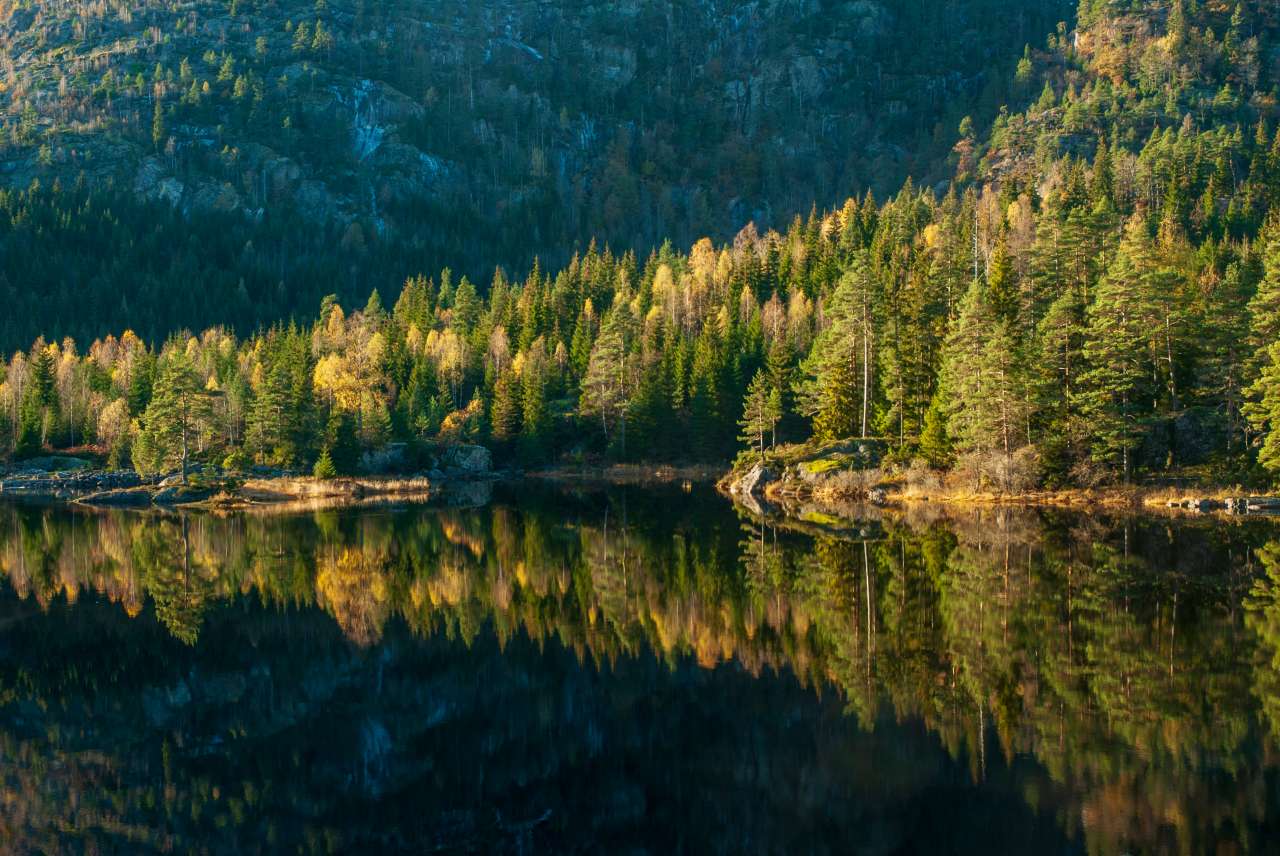MoniFun – Monitoring Europe 's forests

Photo: Dan Aamlid
Forests are habitat for many species and store large amounts of carbon. Monitoring is needed to ensure that these important services will be provided by forests also in times of climate change and increasing pressures from other land uses.
A new pan-European research collaboration aims to give policymakers, authorities, and interest groups a better overview of the state of forests in Europe.
In Norway, the National Forest Inventory has been monitoring the country’s forests for over 100 years. Every day throughout the spring, summer, and autumn, a field worker from the National Forest Inventory visits one of the more than 13,000 forested plots to assess how the forest has changed over recent years.
The goal? To gain an overview of the forest resources in Norway – how much we have, their current state, and their future development. Climate change, land development, and the need for more renewable raw materials are placing increasing pressure on the forests. Therefore, it is essential to characterize the forests we have today and how much will be available in the future, both for industry and recreation, as well as an important habitat for many species.
The recently established EU project MoniFun is designed to improve the flow of information between national forest inventories, users, and interest groups across Europe. The aim is to develop a common forest monitoring system that can address the challenges faced by Europe’s forests. MoniFun hereby synergistically supports the NIBIO-coordinated project PathFinder.
“There are significant challenges associated with the management of Europe’s forests, and better information is part of the solution,” says Dr Johannes Breidenbach at NIBIO.
NIBIO’s contribution to the European MoniFun project is related to new, innovative digital mapping and estimation solutions including deep-federated learning.
Contacts

Purpose
A new pan-European research collaboration aimed at providing policymakers, management authorities, and interest groups with a better overview of the state of forests across Europe.
Collaboration: Thirteen project partners from eleven European countries
